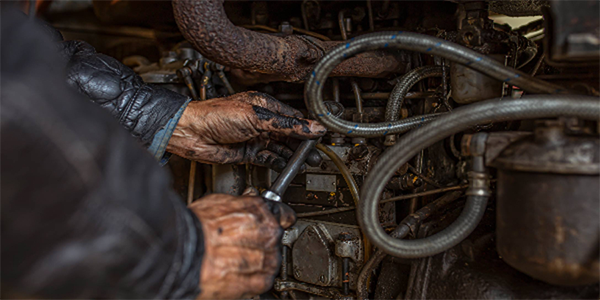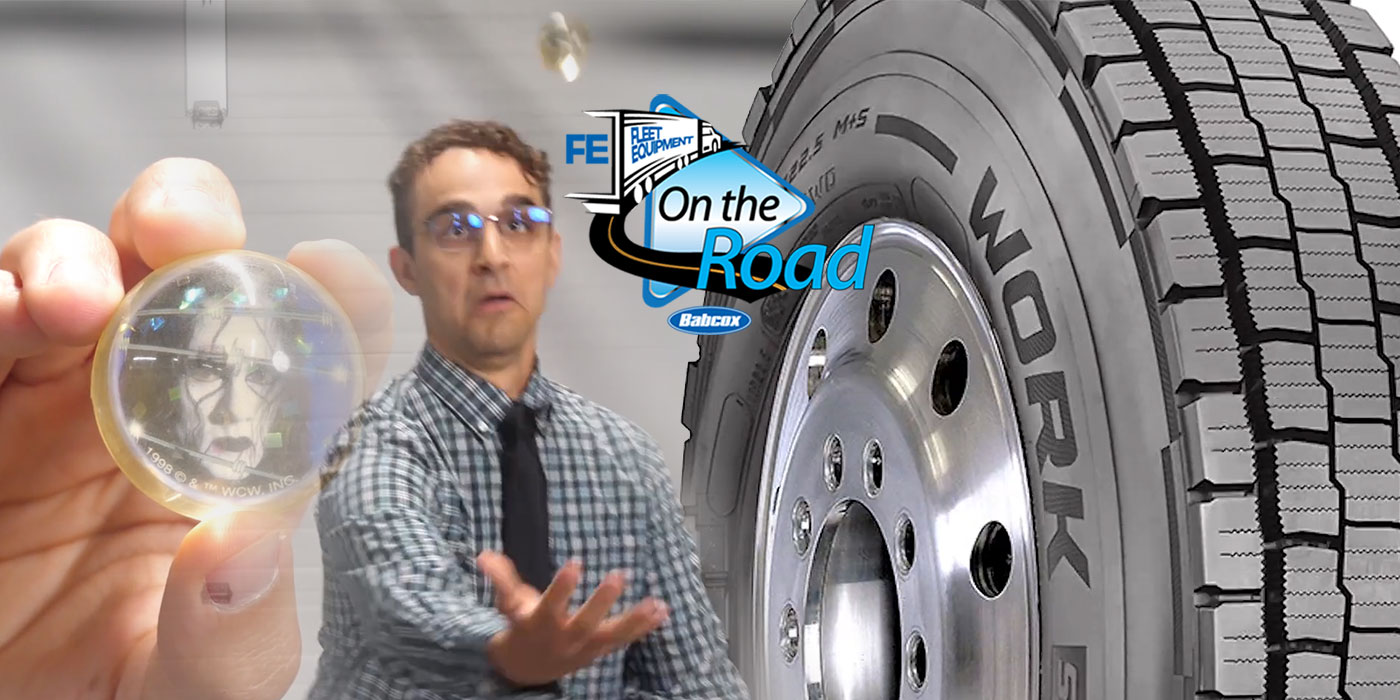Readers who know me know I’m a physicist given to radical, long-term thinking about fuel economy. Recently, I’ve been thinking about the fuel economy research done by truck OEMs in cooperation with our federal government. Cooperative research like this can accomplish some really great things.
Want more insight from John Martin? Click here to read through all of his columns.
In reading about this work, I noticed that tractor manufacturers stated that about two-thirds of their aerodynamic fuel economy gains came from improving trailer air flow. Then my inner physicist and fuel economy competitive spirit took over. What if the DOE, trailer manufacturers and fleet operators formed a cooperative research endeavor to really get serious about truck/trailer interface aerodynamics? Great things could be the result.
For example, any competent aerodynamicist will tell you that aero drag is directly proportional to the coefficient of drag (CD), the shape of the object and the frontal area. The actual equation is Aero Drag = CD x Frontal Area. To date, most trailer aero enhancements have been to reduce the coefficient of drag and there is still room for improvement from a physicist’s point of view. Air dropping down the front of the trailer is still a major problem because that air goes under the trailer into a very dirty air flow area.
What if trailer front corners could be significantly rounded like they were in the ’50s? Could fleet operators and pallet manufacturers get together and design pallets to fit the rounded trailer fronts? Tractor side flaps could be extended much further back if trailer front corners were rounded significantly.
(Click “Next Page” to continue reading).














